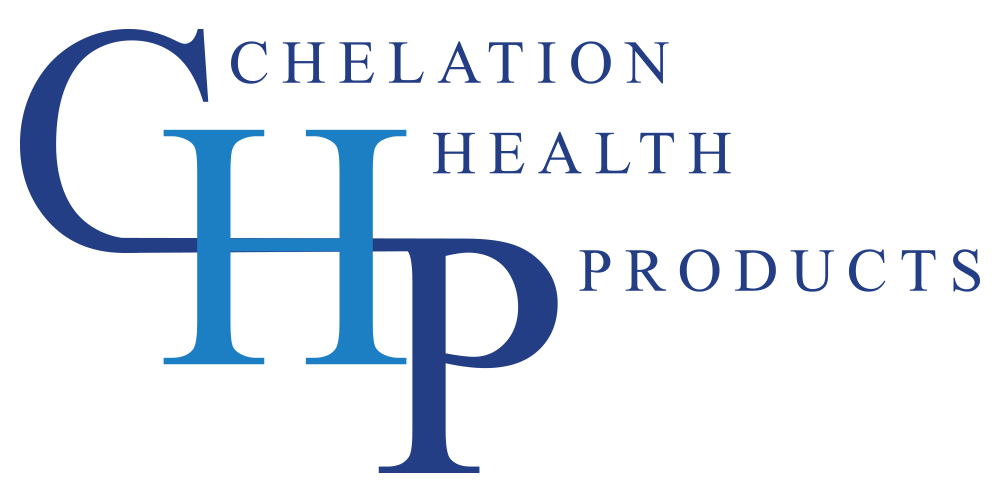Chelation Therapy
Oral Chelation vs IV Chelation: What’s the Difference?
Chelation therapy is a process of removing heavy metals that accumulate within the soft tissue of the body. When chelation agents are administered, they act like a magnet for metals as they sweep through the bloodstream, collecting heavy metals along the way. In fact, chelation is a derivative of the Latin word chelate, which means “to grab.” The process is called chelation when chelating agents bond chemically with heavy metals such as arsenic, lead, mercury, and others. It may seem surprising to most people, but we come into contact with metals daily. They’re in the air, water, soil, and even food. Of course, how much we absorb depends on our location, lifestyle choices, and inherited genetic disorders. No matter how heavy metals accumulate in the body, chelation therapy products may support the removal of heavy metal toxicity.
Oral Chelation vs IV Chelation
When heavy metals accumulate in the body, they attach to cells and upset the maintenance of homeostasis—the body’s ability to keep its internal system balanced and stable. When homeostasis is disrupted, the body doesn’t function properly. Organs can be severely damaged as they begin to lose the ability to do their jobs. Some of the most common metals people come in contact with are lead, mercury, and arsenic. Lead can contaminate water supplies, especially when lead pipes transport it. Lead can also be present in paint, batteries, or building materials. If you have a silver (amalgam) dental filing, then mercury is present. Of course, eating seafood introduces mercury into the body as well. Arsenic is a heavy metal that also appears in seafood, topical creams, water, and even glass.
When too much of these metals materialize in the body, individuals may experience symptoms such as nausea, headaches, fatigue, abdominal pain, diarrhea, and more. The severity of symptoms will depend on the heavy metal exposure. More severe symptoms may include kidney, brain, or liver damage, elevated risk of developing cancer, and miscarriage for pregnant individuals. For those suffering from heavy metal poisoning, the goal for healthcare providers is to remove those metals. Chelation agents can be administered in a few different ways. Two of the most popular are oral and intravenous (IV) chelation.
What is Oral Chelation?
Oral chelation is a form of chelation therapy that offers chelating agents through oral supplements. Several safe chelating agents exist, such as DMSA, DMPS, and EDTA. Depending on which heavy metals accumulate in the body, healthcare providers can determine the best chelating agents to administer.
DMSA
Dimercaptosuccinic Acid (DMSA), also known as Succimer DMSA, can effectively expel lead from the body. It also has the ability to help remove other heavy metals, such as Aluminum, Mercury, and Arsenic. The harshness of DMSA requires the supervision of a doctor.
DMPS
Dimercaptopropane sulphonate (DMPS), also known as Dimival, is also a powerful chelating agent. Its primary use is in the removal of Mercury. Like DMSA, it will also attach to other toxic metals, such as Lead, Arsenic, and Aluminum. However, Aluminum and Arsenic are removed at a much lower rate than lead. Like DMSA, DMPS needs to be supervised by a doctor due to its harsh effects.
EDTA
Ethylenediaminetetraacetic acid (EDTA) is a popular chelating agent because it can remove the largest range of toxic metals, including Lead, Aluminum, Mercury, Arsenic, and others. EDTA is also a very safe chelating agent to ingest orally. There is no need for doctor supervision. In fact, EDTA is considered the safest and most effective chelating agent for at-home use. Many individuals find taking EDTA orally the most cost-effective and convenient way to receive chelation therapy.
What is IV Chelation?
Intravenous (IV) chelation is a form of chelation therapy that administers chelating agents directly into a patient’s veins. This form of treatment is considered more aggressive than oral treatments. The two most common chelating agents used are DMPS and EDTA. While IV treatments may vary from patient to patient, a typical procedure starts with one IV treatment, followed by a urine collection to test for possible heavy metals. Subsequent IV treatments may follow once a week for five to ten weeks until excess heavy metals are removed.
Choosing Between Oral vs IV Chelation
When choosing between the best method for removing heavy metal toxicity, it’s important to consult a healthcare professional. IV chelation therapy can eliminate toxins much faster than oral chelation because it is more aggressive. IV therapy does an intense deep clean of the arteries. Oral chelation slowly works over a long stretch of time to expel plaque and heavy metal toxins from the body. However, even after IV treatment, doctors may recommend individuals use oral chelation products to maintain moderate levels of heavy metals. IV chelation can be much more expensive and time-consuming for individuals. Oral chelation is a safe, convenient, and cost-effective approach to removing heavy metal poisoning.
Chelation Health Products offers a wide range of chelation products to help individuals and healthcare providers address heavy metal toxicity. Contact us today to learn more about our effective chelation products!


